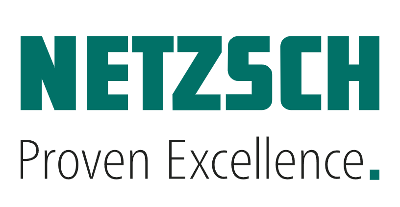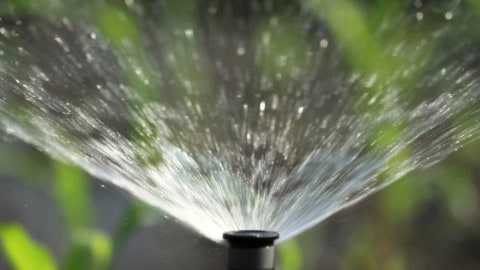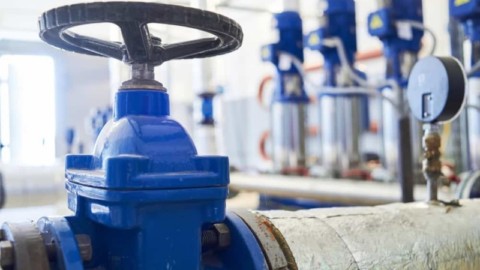Hunter Water has included an increase to drinking water output in its proposed Drought Response Desalination Plant at Belmont in New South Wales to enhance water security in the region.
The proposed plant has been designed as an on-the-shelf insurance policy that would provide the region with added water security in the event storage levels drop to critical levels.
Due to the Lower Hunter experiencing drought, Hunter Water has been implementing a program of response measures such as promoting conservation behaviours through the Love Water campaign as well as the planning for a Drought Response Desalination Plant.
Planning approval is being sought so the plant could be rapidly constructed if required during an extreme drought, although Hunter Water said it is not presently required and therefore has no intention to construct it at this time.
Hunter Water has proposed changes to the plant’s design that, while still providing value for money, would also provide the best balance in meeting the region’s water needs in a severe and prolonged drought.
Hunter Water Managing Director, Darren Cleary, said the changes build on the utility’s planning and response to the ongoing drought conditions.
“Our investigations into a Drought Response Desalination Plant at Belmont have informed changes we believe offer greater reliability, improved efficiency, technical feasibility and still deliver value for money,” Mr Cleary said.
“We will be submitting an Amendment Report to the original Environmental Impact Statement (EIS) lodged with the Department of Planning, Industry and Environment (DPIE) last year.
“We will be seeking planning approval for an increased plant capacity to produce up to 30 million litres of drinking water per day during an extreme drought, double the output capacity of the original design.
“We are also proposing modifications to the seawater intake, changing the design to incorporate a direct ocean seawater intake system, which involves piping seawater from about a kilometre offshore.
“Planning work indicates this system would perform considerably better across relevant criteria, including reliability, efficiency, feasibility and cost, than the originally proposed approach of collecting seawater in wells underneath Nine Mile Beach.
“Our investigations show the increase in plant capacity would have relatively modest environmental impacts which can largely be managed through the design and implementation of mitigation and management measures, while providing additional water security to our region during extreme drought.”
The EIS Amendment Report will also outline Hunter Water’s response to issues raised in submissions and show how these are considered and addressed in the amended proposal.
It is anticipated the DPIE will place the EIS Amendment Report on public exhibition in late 2020. Community members will be able to make a submission on the revised design during the public exhibition period.

















